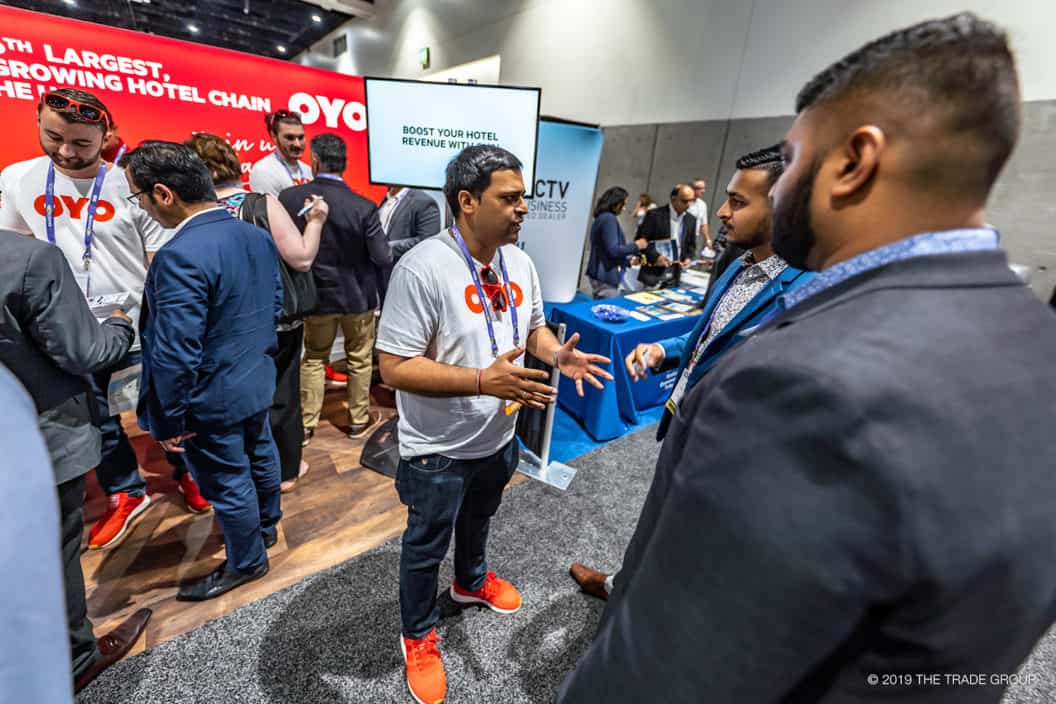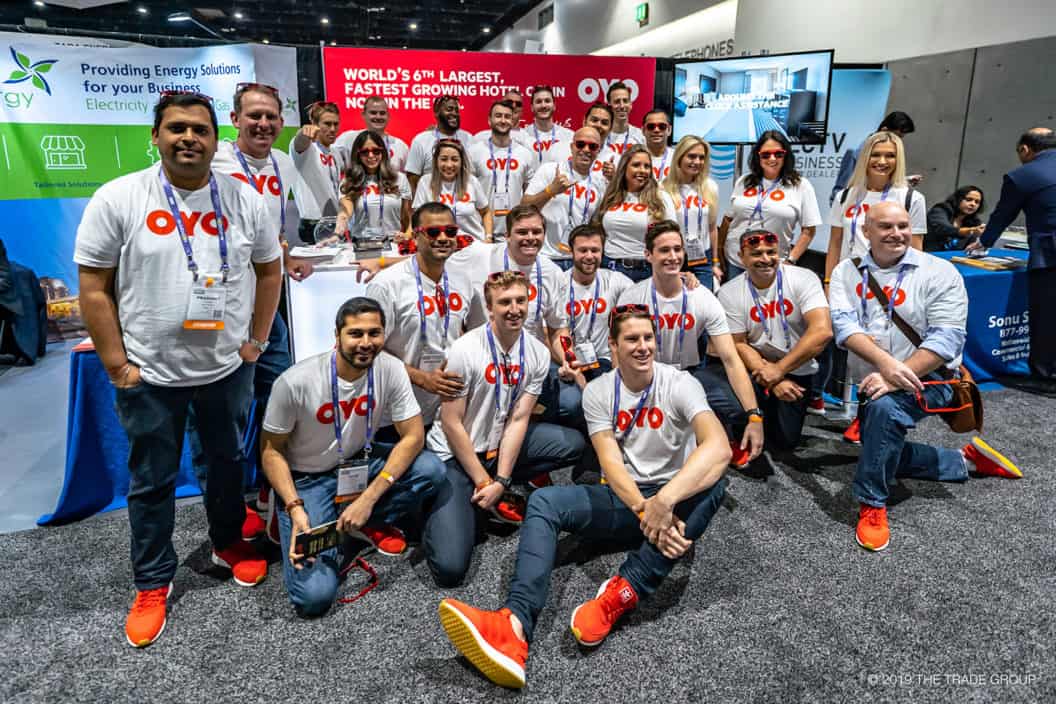
Did you know the number one reason prospects walk past booths is because of a lack of energy?
It’s true. According to the Center for Exhibition Industry Research (CEIR), 80% of visitors remember the booth based solely on the staff. That means most prospects are zipping by your booth without giving it a second thought because they aren’t being reached out to effectively by your staff.
How would it feel to bring a motivated, organized team to your next show? Are you confident that your staff are on the same page and prepared to engage with the show’s attendees strategically? How might having a game plan helps strengthen the bond between your teammates?
If you can see yourself leading the charge at the next show and bringing your team together, you already have a competitive edge. According to a study by Deloitte & Touche:
- Booth staff training can improve your performance by up to 36%
- 52% of companies admit to rarely or never training their staff
- Only 1% employ professionals
There are two major reasons why training staff might not be an obvious solution.
- Managers assume that because their staff is in sales, they don’t need to train them
- The salespeople believe they don’t need training
Here’s how you can deal with these objections. First, don’t call what you are doing “training.” Call it “orientation.” Second, ask senior salespeople if they would like to help teach orientation. Use their knowledge and skills to help the newer salespeople.
With that said, let’s get into some of the specifics for preparing your staff for the show.
Booth staff training basics

What are some of the materials you should go over during booth staff training? Begin with reiterating the goals for the show, using specific KPIs (Key Performance indicators). These goals may include targeted
- Sales revenue
- Qualified leads
- Booth traffic
- Customer meetings
- Prospect meetings
Also, remind your staff of the challenges of meeting these goals. For example, the average time for attending trade shows is 9.5 hours. If each sales pitch lasts 3-5 minutes, how many of your target audience can you expect to meet with? How can you increase the number of interactions with your target audience given?
Of course, also go over basic Do’s and Dont’s.
Do
- Wear your badge on your right side
- Be assertive
- Smile
- Thank them for visiting
- Listen
- Know your product
Don’t
- Eat or drink
- Sit
- Read
- Chat with booth staff
- Leave booth unattended
- Use negative body language
Another great exercise for orienting your staff would be to practice with role-playing. This sharpens everyone’s sales pitch AND helps make everyone’s pitch the same so there are no mixed messages.
Chet Holmes once remarked that mastery does not mean you do 12,000 things well but 12 things perfectly. And being able to do that requires practice and “pig-headed discipline.”

Maximizing the client interaction

The most important thing you can drill into your sales team is that selling is a learned skill. Selling is simple but not easy. It takes practice. Being forgiving, understanding, and prepared can help give your sales team the confidence to leave their comfort zone.
The process of turning a prospect into a lead at a trade show generally follows these four steps:
- Engage
- Qualify
- Present
- Close
When you engage someone on the show floor, the number one goal is to build instant rapport.
After that, ask them open-ended questions to determine if they are a part of your target audience. If they are, you give your presentation. You should know this like the back of your hand—it’s your sales pitch. Finally, if all goes well, you will close. Closing can be making a sale or scheduling a meeting and moving them to the next step.
You must practice it. That’s a no-brainer and a non-negotiable. Selling is simple but not easy. To sit there with a smile on your face for five or six hours and to stand there for hours with sore feet. It takes practice. Selling is a learned skill.

More resources on staff training
Plan, practice, produce. Hold your team accountable. If you want more information related to how precisely you can engage, qualify, present, and close with floor traffic, then watch our 30-minute webinar and consider customized staff training with The Trade Group.
On average, it takes 4.8 seconds for an attendee to walk past a 10×10 booth. Don’t let them walk past you on their way to your competitor. Get in touch with a design expert below!
If you’re interested in hiring TTG to train your staff, reach out by contacting us here or giving The Trade Group a call at 972-734-8585.




